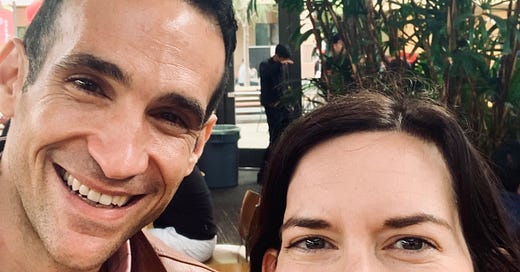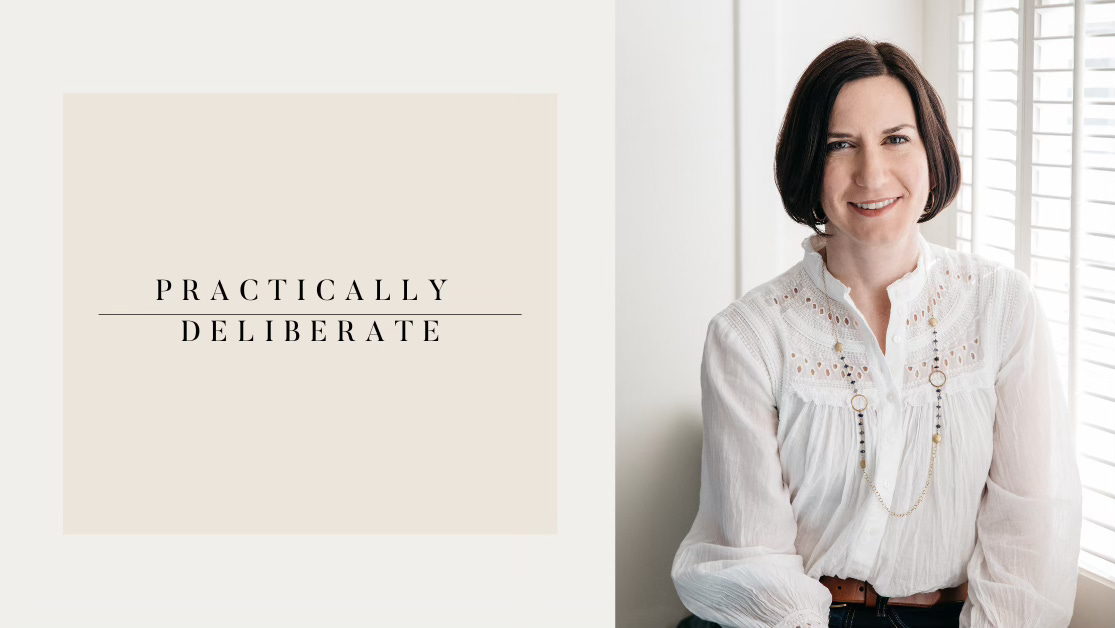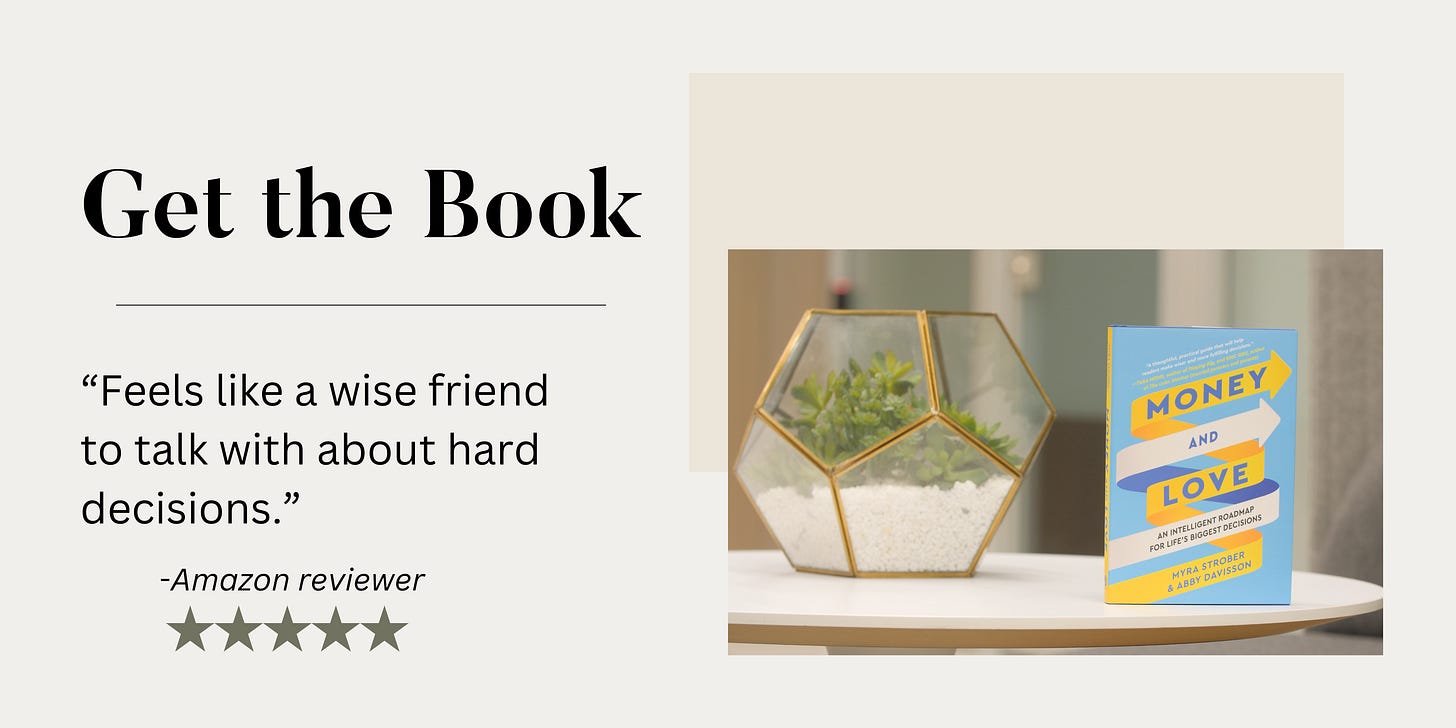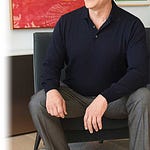At the advice of a friend, I’m including a few bullets to preview what’s in today’s post, which (drumroll, please) is also a podcast!
In this ~9 minute read, you’ll learn how bestselling author
and his family decided to move from New York to Singapore, including:How some decisions can be constraining while others can be freeing
Why the consequences of decisions often turn out to be different than anticipated
What Nir and his family did to de-risk an initially impulsive decision
This edition is part of my series about how people make big decisions. If you missed the first post in the series, you can check out How I Decided to Leave My Dream Job.
But first, some backstory
Almost exactly 5 years ago, I paid $349 for an 8-week class on how to start a podcast.
Spoiler alert: I did not start a podcast 5 years ago. I didn’t even finish the class.
I could blame the fact that The New York Times published an article titled ”Have We Hit Peak Podcast?” right after I signed up (talk about a buzz kill). Or the fact that summer is not a great time for a parent to embark on a big project unrelated to one’s day job or children.
But the truth is that I simply fell behind in the class and lost momentum.
[Side note: I’m a huge fan of cohort-based classes, since they create crucial accountability, which was missing from the podcast class. I’m building a cohort-based course for people considering a mid-career pivot! Share your thoughts in this short survey and you’ll be the first to learn more and receive an early-bird discount.]
Shortly after I fell behind in my podcast class, I had lunch with Myra, and we decided to collaborate on writing Money and Love, which became my bigger priority.
When we were promoting our book, I loved being a podcast guest, and after Myra and I had a delightful time giving advice on KQED’s Forum, we briefly attempted to pitch ourselves as podcast hosts.1
All of which is to say that I was thrilled to discover that Substack lets you release a conversation on major podcast platforms. I hereby refuse to feel any more guilt about spending $349 on a class I never finished!
I’ve distilled a few written insights from my discussion with
below, but I’m also including the audio (and video!) recording of our full ~30 minute conversation. You can download it via your favorite podcast platform and listen (or watch) the next time you have a half-hour to fill.2Why an episode on moving?
As research for our book, Money and Love, my co-author Myra Strober and I conducted a large survey in which we asked people about a variety of big life decisions. In the survey, the #1 decision people wanted to discuss was moving.
And, indeed, unlike other big life decisions such as whom to marry or whether to have children (which for most people come up only a few times in our lives), the question of where to live and when to move is raised repeatedly.
Last year, at our 15 year business school reunion, my friend
(bestselling author who writes ) told me why he had moved from New York City to Singapore, and I found his answer so fascinating that I recently asked him to retell it so I could share it as part of my series on how people made big decisions.The context for Nir’s decision
In 2020, Nir, his wife Julie, and their daughter lived in New York City. They had renovated an apartment, which they loved and planned to live in forever. But on March 13, 2020, Covid-19 was officially declared a pandemic, and Nir and his family’s life changed dramatically.
Nir had seen the movie Outbreak as a teenager and took the impending pandemic seriously, but when he and Julie went out in masks to buy hand sanitizer, they were surprised to find many of their fellow New Yorkers treating the unfolding situation with stereotypical ennui. They thought it didn’t bode well for NYC’s prospects in the days and weeks ahead.
Nir went home and googled “best place to go during a pandemic,” and got a list that included New Zealand, Taiwan, and Singapore. These countries had all dealt with SARS only a few years before, so they had a pandemic playbook based on lessons learned.
Nir and his family boarded a flight to Singapore (the closest English-speaking country on the list) that night. When they landed, they found themselves face to face in the airport with many Americans leaving Singapore to return to the US before the borders closed.
Clearly, Nir and his family’s choice was unconventional, to say the least. Why and how did they make this decision? And what can others learn from their choice? Read (or listen) on to learn more.
Decisions have downstream effects. Some are constraining; others are freeing.
Both Nir and his wife already worked for themselves; they had started two business ventures together previously (including one before we met in business school) and were on their third. They also homeschooled their daughter.
Because they had already removed geographic constraints, it was easier for them to pick up and relocate quickly without the challenges they would have faced if they had place-based jobs and school.
We don’t often consider the downstream effects of our choices, but decisions are like dominoes – once you make one, you’re often locked into making others (or freed up to make others).
I often think of the advice given by a guest speaker in my co-author’s Work and Family class. He advised freezing your standard of living upon graduation to gain career flexibility down the road.
He noted that if you constantly upgrade your lifestyle as your salary increases (including buying a bigger home, a fancier car, etc.), it becomes harder to accept a lower paying, riskier job or start a business of your own later on.
My husband and I have taken this advice to heart. While our travel accommodations have gotten nicer over the years, we still live in our “starter house” and drive a 12-year-old Honda CRV. These choices have helped facilitate our recent repotting efforts.
It’s challenging to anticipate the consequences of a decision. Prototyping helps.
Nir and his family didn’t make their initial moving decision in a methodical way using a framework like the one we share in Money and Love. In fact, given the threat to health and safety, it was the type of decision Daniel Kahneman called Type 1: a decision made based on emotion, which is essentially a fight or flight response.
In this case, a Type 1 decision was appropriate. Nir’s family quickly weighed the benefits and risks of leaving vs. staying and decided to leave.
They initially thought they would stay only for a short time, until the risks of being in NYC diminished. But once they lived in Singapore for a while (and the immediate risk of Covid had receded), they found they’d underestimated the benefits of their adopted home country: it provided a safe environment for their daughter to grow up and a tight-knit community of other expats. They even discovered it led them to spend more time with their parents, who ended up visiting for months at a time.
Nir and his family hadn’t anticipated some of these positive consequences. And that makes sense: based on our human biases, we tend to be better at focusing on short-term risks. Their temporary relocation was a type of prototype that helped them better predict the long-term benefits of their decision, thereby replacing assumptions (or lack of information) with data.
Consider ways to de-risk decisions.
While Nir and his family’s initial decision to move to Singapore was a Type 1 decision, their decision to stay was a Type 2 decision (one made more analytically with logic and reason).
Once he and his family decided to extend their time in Singapore, they put things in place to de-risk their initially impulsive decision.
They kept their apartment in New York City so they could return easily. They also committed to maintaining their US-based networks (Nir’s decision to attend our graduate school reunion in Palo Alto – not a short trip from Singapore – is an example of this effort).
They’ve also designated a time when they’ll revisit this decision: when their high school-age daughter applies to college.
Having a date on the calendar ensures they’ll follow the #1 piece of advice I’ve learned in my decision-making research: don’t slide, decide!
These are certainly privileged choices, but there are ways to de-risk a decision at any budget.
The key is taking the time to think through the decision thoroughly and having clarity about your values so you can make decisions in a way that aligns with them.
I’m curious — have you ever de-risked a big decision? What has worked for you?
Abby’s Latest
I spent last week on the east coast with my 9-year-old having a mother/son adventure. We had a blast seeing the sights; reuniting with friends and family; and eating our way through New York City and Philadelphia despite 97 degree humidity.
After all my talk of Timeshifter, we didn’t do much in advance to adjust ourselves to east coast time (I was distracted by packing his older brother for sleepaway camp), which meant my son wasn’t really tired at his typical bedtime.
The MVP of our trip was his rechargeable book light, which let him read his book at night until he got tired. He even remembered to pack it himself, which itself was a major victory.
Deliberately yours,
Abby
P.S. Next month I’m speaking at Responsive Conference, a ground-breaking event at the intersection of organization design, experimentation, and company culture on September 18-19 in Oakland, California.
This is NOT your typical industry event — it’s a unique, highly interactive 2-day experience that promises to help you discover new ideas and how to implement them.
I’ll be in conversation with Alex Soojung-Kim Pang, author of the fabulous book Rest: Why You Get More Done When You Work Less (which I’ve written about previously). Among other topics, we’ll cover rest, creativity, decision-making, and entrepreneurship. Not only does Alex have many insights to share, he has a wickedly dry wit (the best kind, IMHO), so our session won’t be boring!
Ticket prices increase on August 15th, so get your tickets now. Yes, they’re pricey, but you can use my special discount code “friendofabby“ to get 10% off. Please let me know if you’ll be there — I’d love to connect!
This wasn’t meant to be at the time, but we’re still interested if any potential sponsors are reading this!
Since I no longer commute downtown for work, I listen to podcasts while I’m folding laundry, pairing a task I don’t love — folding laundry — with one I enjoy — listening to podcasts — to make the unenjoyable task better. It works!












Share this post